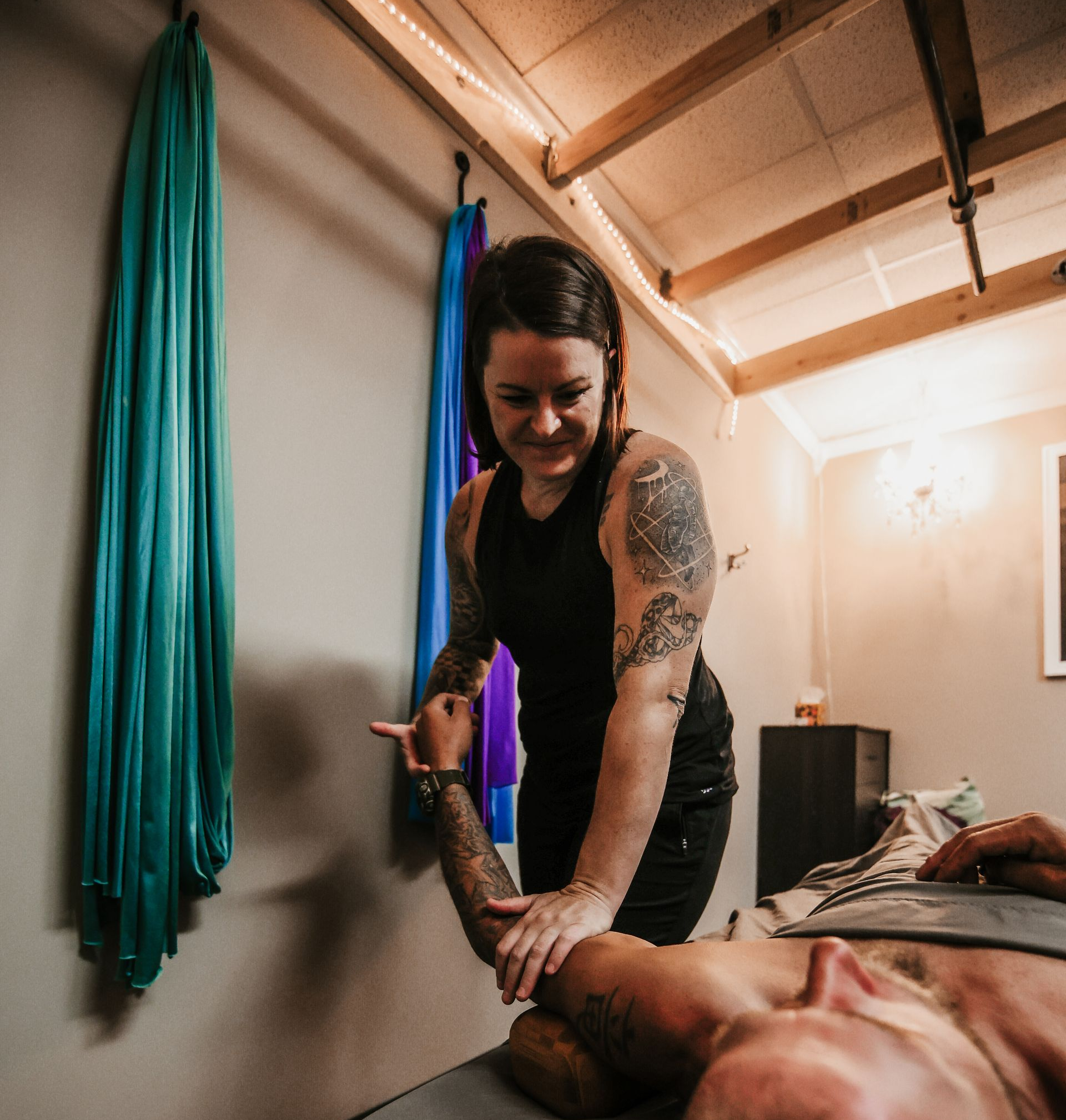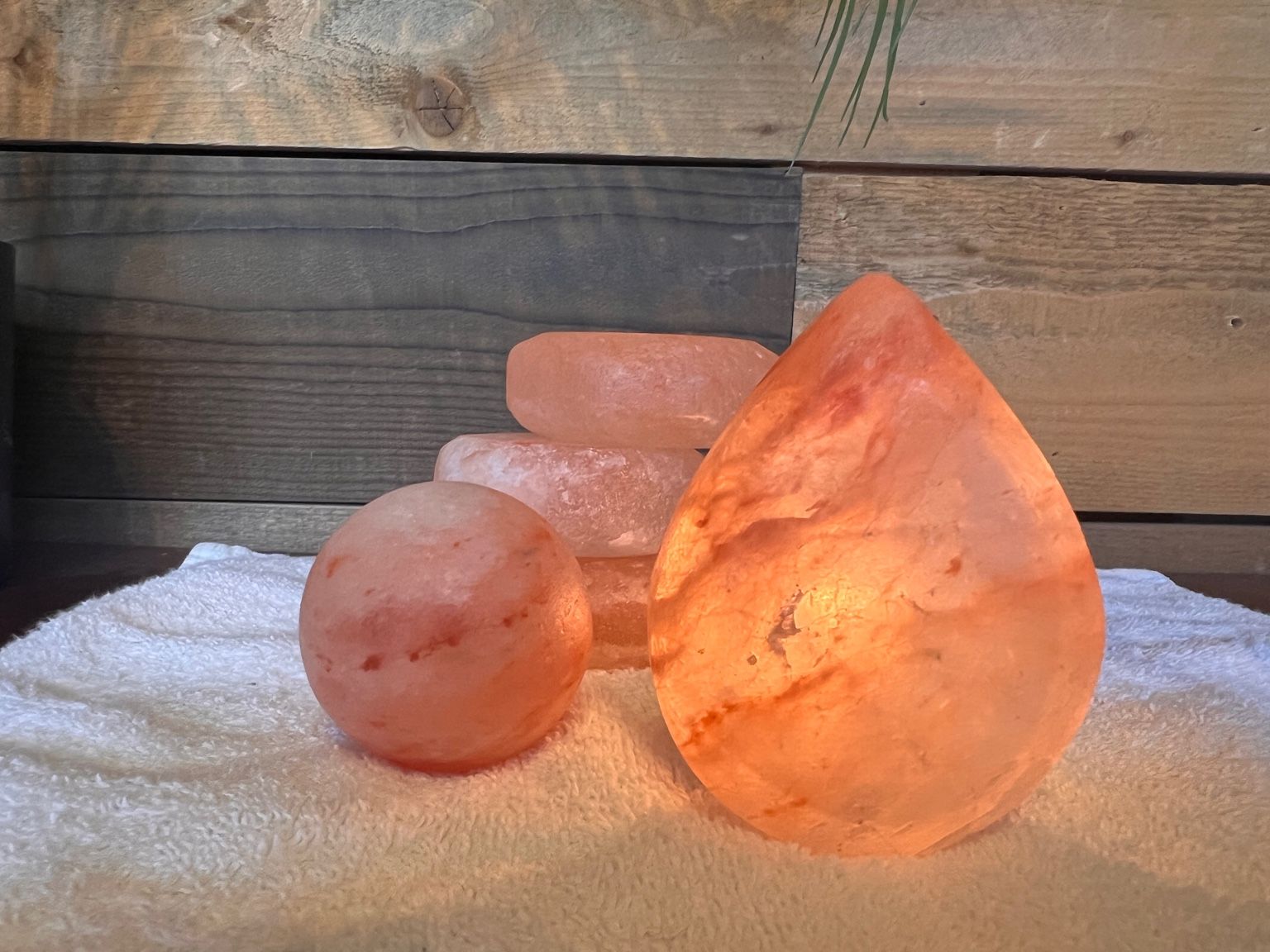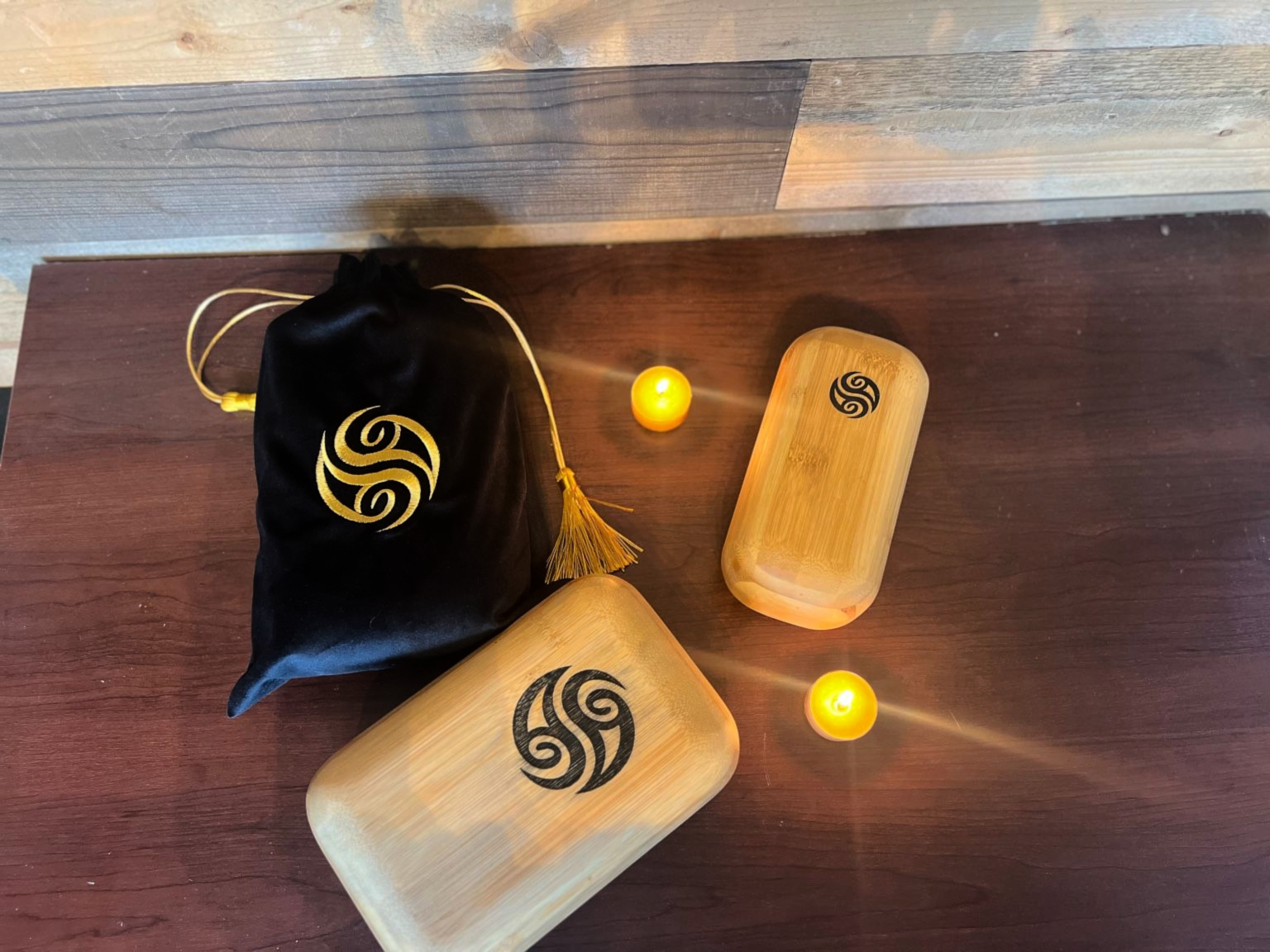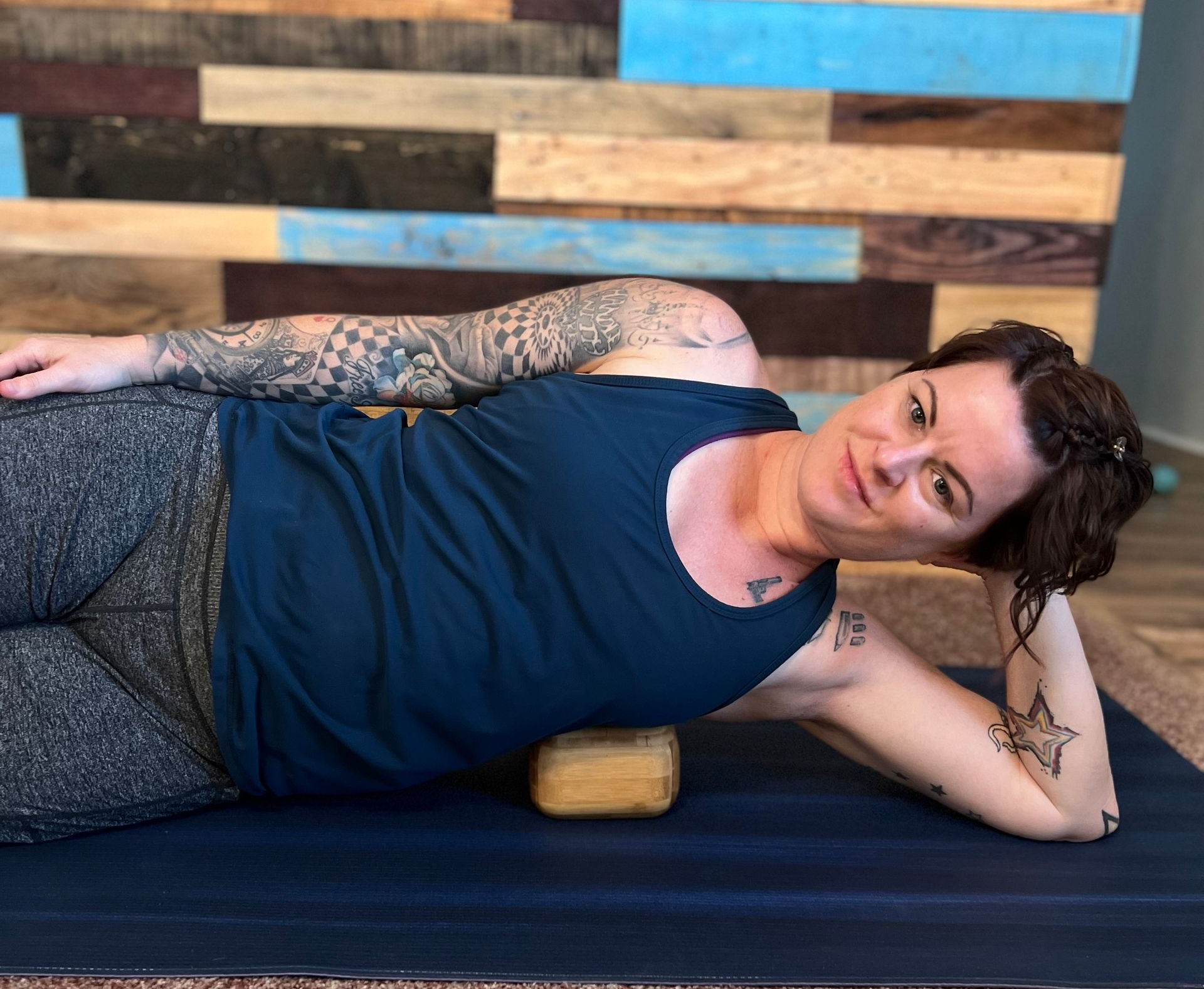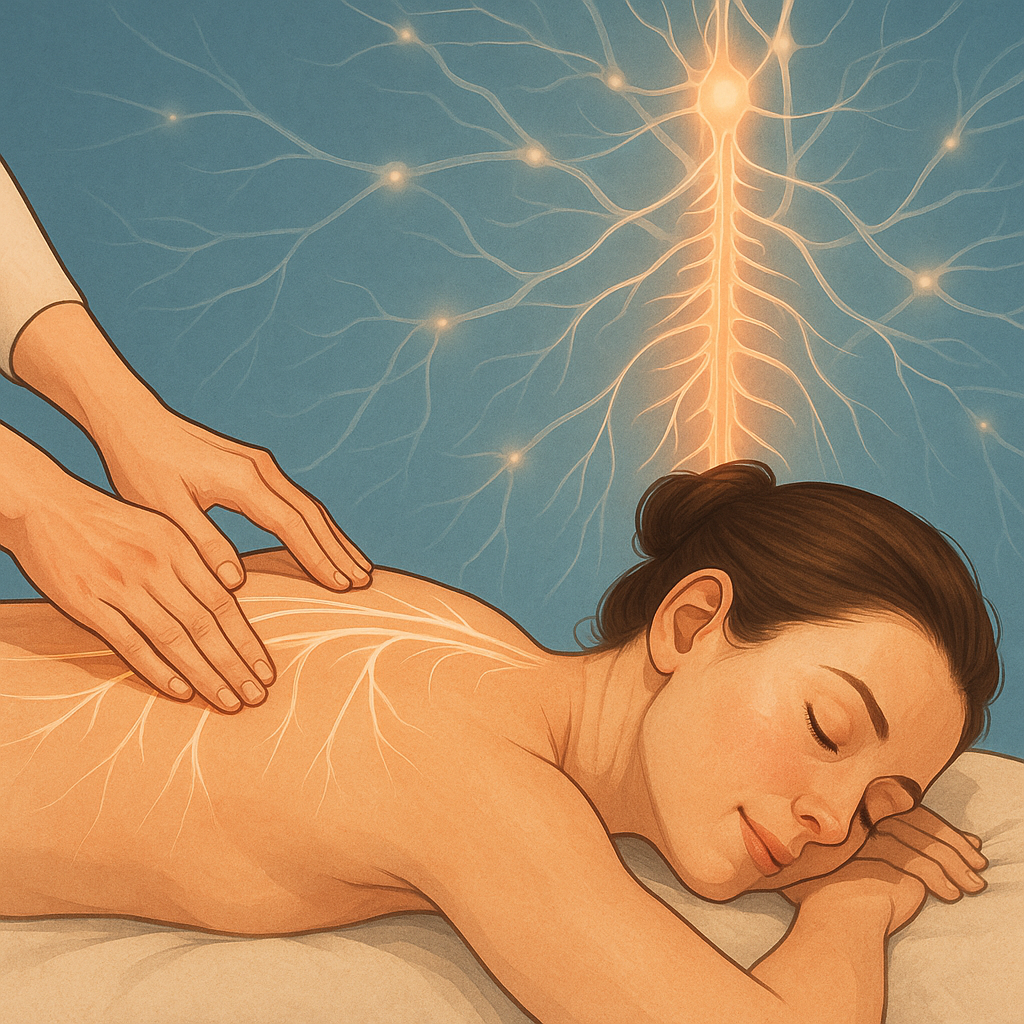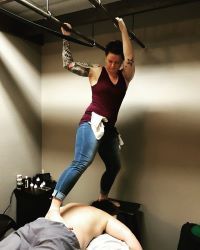Fascia: The Hidden Web That Holds You Together
A closer look at the connective tissue network that influences your movement, posture, and overall well-being.
Have you ever noticed tension in one area of your body, only to feel it show up somewhere completely different? That’s the magic (and mystery) of fascia — the connective tissue that links every part of you together.
What Is Fascia?
Fascia is more than just “tissue.” It’s a continuous, web-like network made primarily of collagen that surrounds and penetrates muscles, bones, blood vessels, nerves, and organs. Think of it as a 3D bodysuit under your skin that holds everything in place while still allowing movement.
Researchers now recognize fascia as a sensory and structural system, filled with nerve endings and mechanoreceptors that communicate with your nervous system. This makes fascia not just a passive wrapping, but an active player in posture, balance, and even pain perception.
Why Fascia Matters
When fascia is healthy, it’s flexible, hydrated, and allows the body to move with ease. But life takes a toll — injury, stress, dehydration, poor posture, or repetitive daily habits can cause fascia to lose its glide. Instead of sliding smoothly, it can stiffen, tangle, and create adhesions.
The result? Pain and tension that may appear far from the actual source. For example, research on the thoracolumbar fascia (a broad sheet of connective tissue in your back) shows that tightness here can influence movement in your hips, shoulders, and even contribute to low back pain. Similarly, restricted calf fascia has been linked to changes in gait and strain in the lower back.
How Massage Helps Fascia
Fascia responds best to slow, sustained pressure — exactly the kind of work barefoot massage and myofascial release provide. Studies show that this type of pressure helps break up adhesions, rehydrate tissues, and restore fascia’s natural elasticity.
As restrictions let go, posture can improve, movement may feel freer, and pain often decreases. Many people also experience an emotional release during fascial work. That’s because fascia doesn’t only store physical tension; it can hold onto patterns of stress and trauma as well.
Everyday Care for Fascia
Supporting your fascia outside of massage is simple — and powerful:
- Hydrate well → Water keeps the collagen fibers slippery and elastic.
- Move mindfully → Fascia thrives on gentle, regular movement and stretching. Even slow walking or yoga helps.
- Breathe deeply → Oxygen and circulation improve fascia health and help release tension.
- Restore Balance from the Inside Out
When fascia is supported, your body can move with greater ease and resilience. My approach to massage often incorporates techniques that address the fascial network, encouraging ease and improved movement patterns over time. I also integrate supportive practices like Barefoot Massage and Block Therapy, which gently works with fascia in a different way to encourage release and better body alignment.
Cited Research
- Schleip, R. (2003). Fascial plasticity – a new neurobiological explanation: Part 1. Journal of Bodywork and Movement Therapies.
- Schleip, R., Findley, T. W., Chaitow, L., & Huijing, P. (2012). Fascia: The Tensional Network of the Human Body. Elsevier.
- Stecco, C., Porzionato, A., & Macchi, V. (2011). The anatomical and functional relation between gluteus maximus and thoracolumbar fascia. Journal of Anatomy.
- Wilke, J., Krause, F., Vogt, L., & Banzer, W. (2017). What is evidence-based about myofascial chains: A systematic review. Archives of Physical Medicine and Rehabilitation.
- Langevin, H. M., & Huijing, P. A. (2009). Fascia and movement. Journal of Bodywork and Movement Therapies.
